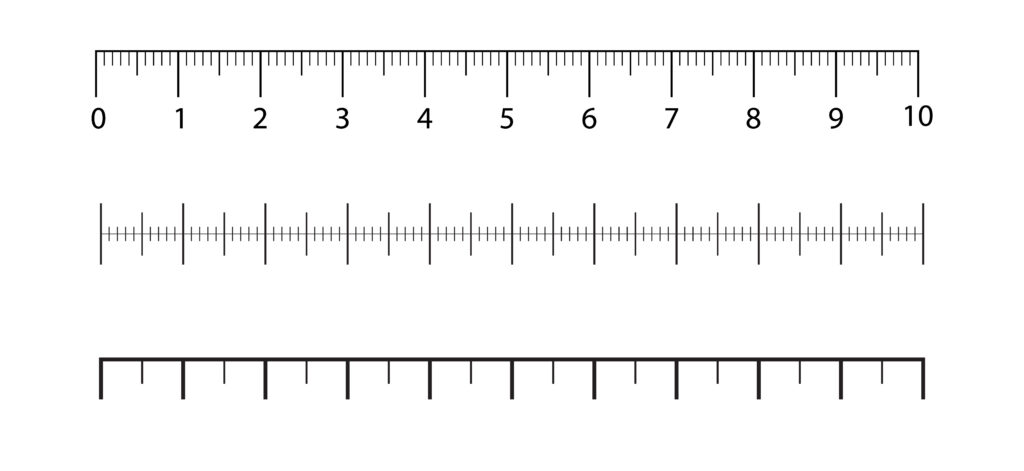Introduction to Trigonometry
Verify the trigonometric ratios for special angles ($30^\circ$, $45^\circ$, $60^\circ$) by simulating the geometric construction of their right triangles.
Help & Instructions
▼- **45°:** Derived from cutting a square along its diagonal. (Sides $1:1:\sqrt{2}$)
- **30°/60°:** Derived from bisecting an equilateral triangle. (Sides $1:\sqrt{3}:2$)
- **Select:** Choose a triangle type from the dropdown.
- **Analyze:** Observe the calculated ratios ($\sin$, $\cos$, $\tan$) based on the geometric side lengths.
- **Compare:** The calculated ratios should match the known, exact values.
Select Triangle Type:
Trigonometric Ratios
| Angle ($\theta$) | $\sin(\theta)$ (Opposite/Hypotenuse) | $\cos(\theta)$ (Adjacent/Hypotenuse) | $\tan(\theta)$ (Opposite/Adjacent) |
|---|
The exact trigonometric ratios for $30^\circ$, $45^\circ$, and $60^\circ$ are derived from fundamental geometric properties of the square and the equilateral triangle. Since the ratio of sides remains constant regardless of the triangle's size, these values are universal.
The Geometry Behind the Ratios
By the Pythagorean theorem, if the two legs are 1 unit each, the hypotenuse is $\sqrt{1^2 + 1^2} = \sqrt{2}$. This gives the ratio $1:1:\sqrt{2}$.
If the hypotenuse is 2, the side opposite the $30^\circ$ angle is 1, and the side opposite the $60^\circ$ angle is $\sqrt{3}$. This gives the ratio $1:\sqrt{3}:2$ (Opposite $30^\circ$ : Opposite $60^\circ$ : Hypotenuse).


